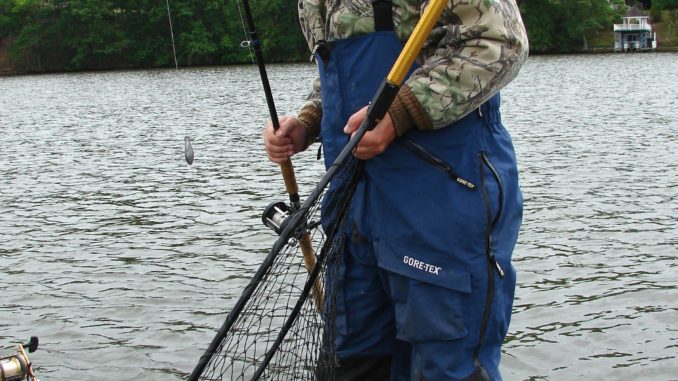
The blue catfish, Ictalurus furcatus, is the largest species of North American catfish and has potential to reach 150 pounds. Their native range is primarily the Mississippi River drainage, but these large catfish have been introduced into many other reservoirs and river systems nationwide, including several in North Carolina.
Blue catfish are opportunistic predators and have been known to eat any species of fish they can catch, plus crayfish, mussels, frogs and more. Blue catfish are truly opportunistic and will readily eat wounded or dead prey.
Blue catfish generally prefer deeper water with current in larger rivers and reservoirs, but they will move into shallow water to feed and spawn.
In many states, larger blue catfish are protected as breeding stock; North Carolina only fishermen to keep only one per day 32 inches or longer. Larger blue catfish are typically photographed and released. Blue catfish from five to 20 -pounds are excellent table fare and are highly sought-after by fishermen.
Blue catfish are pale, light-slate blue in color on their back and sides, with a white belly. They have a deeply forked tail and white chin barbells. Their life expectancy exceeds 30 years. While they will eat live fish when the opportunity arises, blue catfish are primarily bottom feeders and use a strong sense of smell to locate food. Stink baits and cut baits with strong scents are easy for them to find.





Be the first to comment